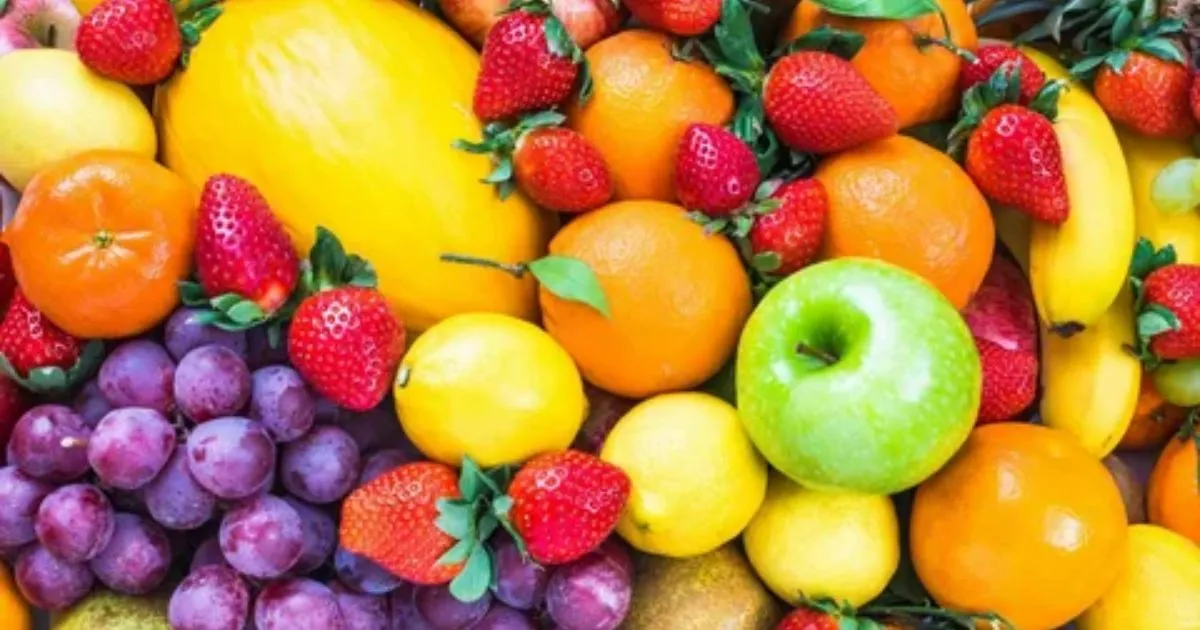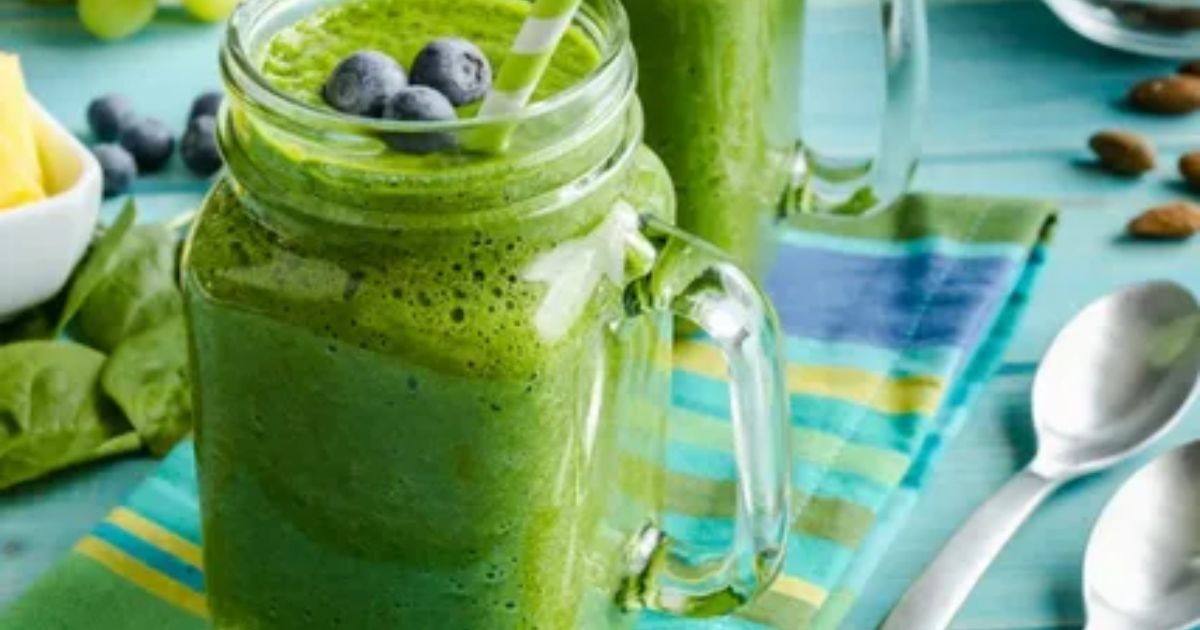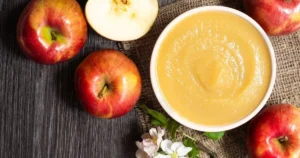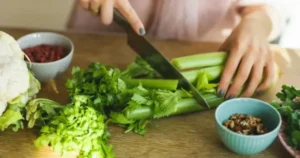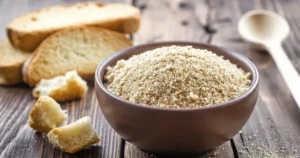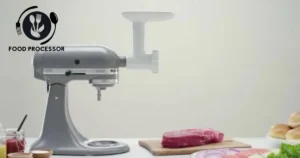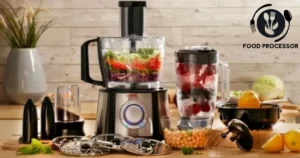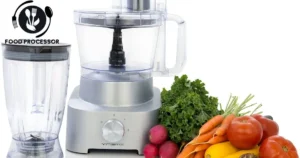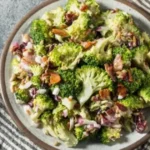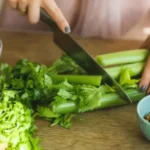Smoothies have become a popular healthy drink option for many people. But do you need an expensive blender to make them? The answer may surprise you can actually use a common kitchen appliance to whip up delicious smoothies. A food processor can be utilized to make smoothies.
While blenders are specially designed for blending liquids, many food processors nowadays come with attachments and settings that function similarly. The key difference is that you may need to adjust the order ingredients are added and blend time when using a food processor. But with some simple tweaks, your food processor can produce smoothies comparable to a standalone blender.
When making smoothies in a food processor, add liquid ingredients first to allow the blades to fully incorporate solids. Fruit and veggies should be chopped into small pieces before adding. Pulse ingredients before blending continuously to break down larger items. Scraping down sides intermittently helps achieve a smooth texture. Follow these guidelines, and you’ll discover just how easy it is to craft nutrient packed smoothies using equipment you likely already own.
Food Processor Benefits Over Blenders
| Benefit | Explanation |
| Requires less liquid | Food processors can process thicker, drier mixtures than blenders which need enough liquid to keep ingredients circulating. |
| No surprise chunks | The S-shaped blades excel at pureeing smoother textures with no errant fruit or veggie chunks. |
| Greater versatility | In addition to liquids, food processors can chop, shred, knead, grind, etc. Blenders mainly make liquids. |
| Easier to clean | The detachable parts like bowl and blades allow thorough cleaning. Most parts are dishwasher safe. |
Food processors have some advantages for smoothie making compared to regular blenders:
Requires Less Liquid
Blenders need enough liquid to keep ingredients circulating and blending properly. Food processors rely more on chopping power and less on liquid content to process smoothies.
No Surprise Chunks
The S-shaped blades excel at pureeing everything into an ultra-smooth texture. No more errant chunks of fruit or ice.
Greater Versatility
While blenders mainly make liquids, food processors can also make nut butters, dough, pie crust, salsa, and more.
Easier to Clean
The square bowls and detachable blades allow you to thoroughly clean all parts. Most components are dishwasher safe too.
Tips for Making Smoothies in a Food Processor
Making smoothies in a food processor takes a little different approach but still easy to master:
Add Liquid First
Always add liquid ingredients like milk, juice, or water first. This helps the blades better incorporate solid items you add later.
Cut Produce Into Smaller Pieces
Cut fruits, veggies, leafy greens into 1-inch chunks before adding. Smaller pieces blend more smoothly than large pieces.
Pulse First Before Continuous Blending
Use quick on/off pulses to break bigger pieces down before running the machine continuously. Pulsing gives time for pieces to fully reach the blades.
Blend for 60 Seconds Minimum
Let the food processor run for at least 60 seconds to achieve a silky smoothie texture. Stop to scrape down sides if needed.
Add Ice Last
Add just enough ice at the end to reach desired thickness. Pulse ice to prevent overworking the motor.
Choosing the Best Smoothie Ingredients
You can blend all kinds of fruits, vegetables, greens, liquids, boosts and ice in your food processor smoothies. Follow these tips:
Fruits
Favor softer, water-rich fruits like oranges, mangoes, berries, peaches. Avoid harder unripe fruits.
Vegetables
Stick to dark leafy greens like spinach or kale over harder veggies like carrots that won’t break down enough.
Liquids
Non-dairy milks, orange juice, apple juice, coconut water all work well. Limit water content.
Sweeteners
Honey, maple syrup, pitted dates, bananas naturally sweeten.
Boosts
Chia, flaxseeds, nut butters, vanilla extract, protein powders boost nutrition.
Ice
Add a few small cubes at a time to reach desired creaminess.
Recommended Food Processor Smoothie Recipes
Try these 3 nutritious, foolproof smoothie recipes in your food processor:
Mixed Berry Protein Smoothie
- 1 cup frozen mixed berries
- 1 banana, broken into chunks
- 1 cup almond milk
- 2 tbsp honey
- 1 tbsp almond butter
- 2 scoops protein powder
- 4 small ice cubes
Tropical Smoothie
- 1 cup pineapple chunks
- 1 orange, peeled and segmented
- 1 cup coconut water
- 1⁄4 cup plain Greek yogurt
- 1⁄4 cup shredded coconut
- 2 ice cubes
Green Machine Smoothie
- 2 cups baby spinach
- 1 cup diced mango
- 1⁄2 avocado, diced
- 1 cup orange juice
- 1 tbsp lime juice
- 1 tbsp chia seeds
- 2-3 ice cubes
Expert Tips to Improve Results
Follow these extra tips from experts for even better smoothie outcomes:
- Add a splash of water if having trouble blending leafy greens
- Sprinkle seeds/powders over fruit instead of adding first
- Use ripe frozen bananas for natural creaminess
- Blend nuts into nut butter before adding liquids
- Soak chia seeds 10 minutes before blending
- Use fresh pineapple or mango vs. canned varieties
- Replace ice with frozen cauliflower rice or zucchini
Can You Make Milkshakes and Frozen Drinks?
Yes.You can make milkshakes, ice cream drinks, slushies and other frozen blended beverages in a food processor. Use the same techniques for smoothies but adjust ratios to allow for more frozen content and less liquid. Add just enough liquid to allow blades to process through ingredients smoothly.
FAQs
Can you actually make smoothies in a food processor?
Yes, it is possible to make smoothies in a food processor. While blenders are more commonly used, food processors can blend ingredients into drinkable smoothie consistencies with some technique adjustments.
What’s different about using a food processor versus a blender?
Key differences when using a food processor include adding liquid ingredients first, chopping produce into smaller pieces, pulsing to break down solids before continuous blending, scraping down sides to fully incorporate, and blending for longer times around 60 seconds.
What types of ingredients can you use?
Food processors can blend all the usual smoothie ingredients: fruits, vegetables, leafy greens, dairy or non-dairy milks, juices, nut butters, seeds, sweeteners, ice, and boosters like protein powder.
Can you make thicker smoothies and milkshakes too?
Yes, you can make thicker milkshake or ice cream style smoothies by adjusting the ratios to allow for more frozen content and less liquid. Add just enough liquid for the machine to process smoothly.
Conclusion
Overall, it is possible to utilize a food processor to craft smoothies, even without a designated blender attachment. While blenders are optimized for blending liquids, food processors can perform similar blending tasks with some adjustments. The key differences are adding and processing ingredients in the proper sequence, allowing extra blending time, and potentially adding liquid to aid the breakdown of certain items.
With patience and the right technique, tasty smoothies can be achieved. Food processors also offer versatility beyond blending, with abilities to chop, shred, knead dough, and more. So for those without a standalone blender, rest assured that the food processor on your countertop can likely handle making refreshing smoothies and other blended drinks as well.
You may need to experiment with ratios and blending times, but the convenience and multifunctionality of food processors makes them worth attempting smoothies and expanding their potential uses in your kitchen.


